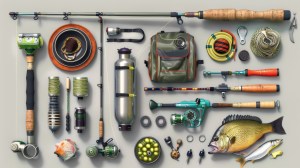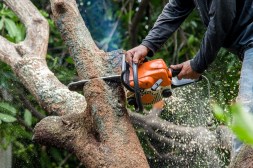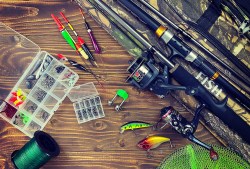Understanding Bass Behavior in Spring: How to Adapt Your Fishing Tactics
As the chill of winter fades away and spring emerges, bass fishing takes on a new dimension. During this season, the behavior of bass changes significantly, influenced by rising water temperatures and spawning cycles. Understanding these changes is crucial for any angler looking to up their game. In this article, we will explore the behavioral patterns of bass in spring and offer practical strategies to adapt your fishing tactics for a successful outing.
The Rise in Water Temperature
As spring progresses, water temperatures begin to rise, which plays a vital role in bass behavior. Typically, as water warms to around 55°F to 60°F, bass become more active after their winter lethargy. This is when anglers can expect increased feeding activity as bass prepare for spawning. Pay attention to shallow areas where the temperature rises first; these spots often attract baitfish and subsequently hungry bass.

Spawning Season Dynamics
Spring marks the spawning season for many species of bass, particularly largemouth and spotted bass. During this time, male bass will establish nests in shallow waters where they can protect their eggs after females lay them. Understanding that male bass are more aggressive during this period means you should focus your efforts on bedding areas with soft bottoms like mud or sand flats near vegetation.
Choosing the Right Lures
With an understanding of how spring affects bass behavior comes the need for strategic lure selection. In early spring when water temperatures are still cool, slow-moving lures such as jigs or soft plastic worms can be effective as they mimic natural prey struggling against colder waters. As temperatures rise closer toward spawning time, consider using topwater lures or crankbaits that create noise and disturbance on the surface—this can trigger aggressive strikes from both males guarding nests.
Timing Your Fishing Trips
Timing is always critical in fishing but becomes even more essential during spring months when weather patterns can fluctuate dramatically. Early mornings and late afternoons tend to yield better results due to cooler temperatures stimulating fish activity levels. Additionally, overcast days can provide excellent opportunities since cloud cover allows fish to roam freely without fear of predation from above.
Adapting Techniques Based on Conditions
Every body of water has unique characteristics that affect how you should approach your fishing strategy in springtime conditions. For instance, if you’re fishing a murky lake where visibility is low due to sediment runoff from rainstorms or melting snowpack—consider using brighter colored lures that stand out against darker backgrounds while employing slower retrieval techniques so you stay within striking distance longer.
In conclusion, adapting your tactics based on an understanding of bass behavior during spring will enhance your chances of landing that trophy catch. By focusing on warmer waters where fish congregate prior to spawning and selecting appropriate lures suited for various conditions throughout this dynamic season—you’ll not only improve your success rate but also enjoy every moment spent outdoors fishing with friends or family.
This text was generated using a large language model, and select text has been reviewed and moderated for purposes such as readability.











